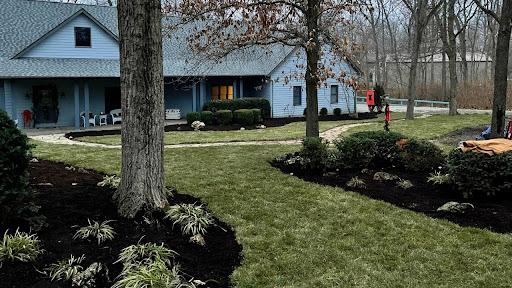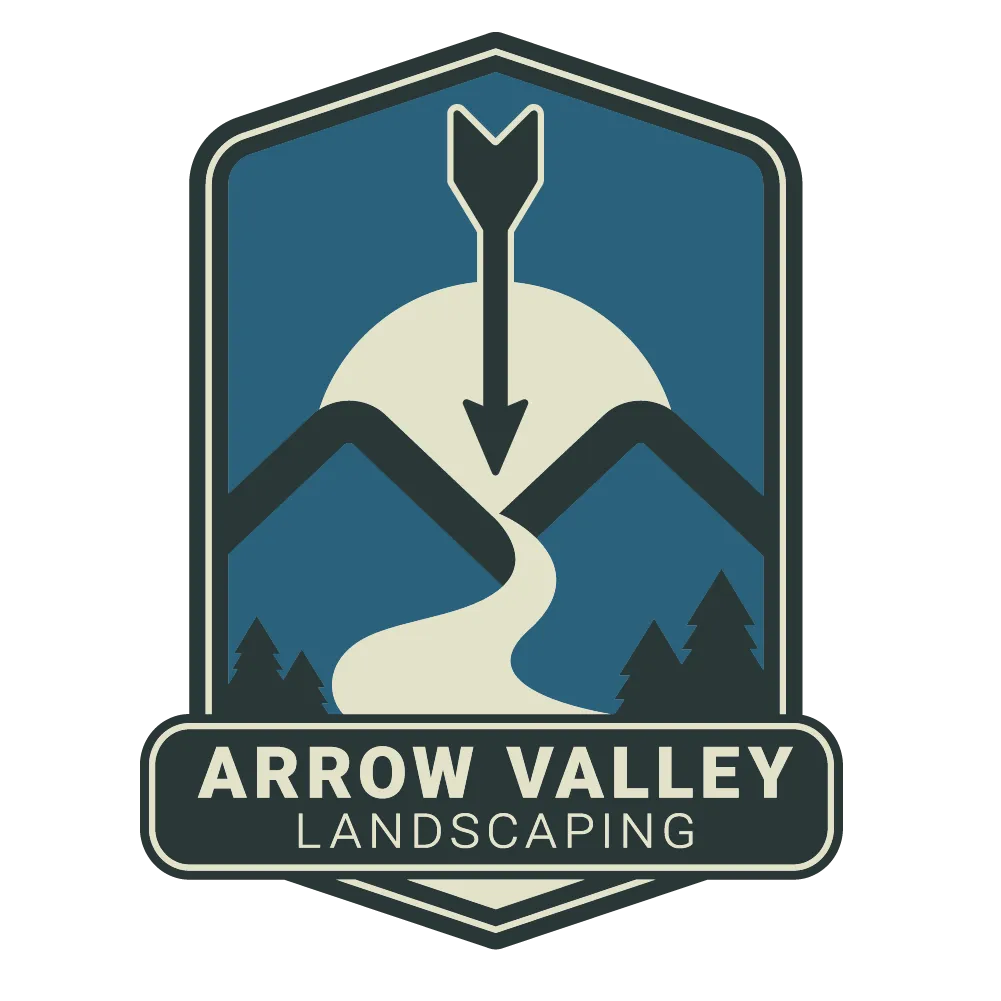Blogs

How To Choose Native Plants For Your Landscaping?
To choose native plants for your landscaping, research local plants suited to your climate and soil. Consider sunlight, water needs, and mature size. Opt for low-maintenance, wildlife-friendly plants. Consult local experts for specific recommendations.
Choosing native plants for your landscaping is a smart decision that benefits both your garden and the environment. Native plants are well-adapted to your local climate and soil, which means they require less maintenance, water, and fertilizers compared to non-native species. They also support local wildlife, providing food and habitat for birds, butterflies, and other pollinators.
However, selecting the right native plants requires careful consideration of various factors, including your region, site conditions, and aesthetic preferences. In this guide, we’ll walk you through the essential steps to help you choose the best native plants for your landscape, ensuring a beautiful and sustainable outdoor space. Arrow Valley Landscaping, Madison County's #1 premium landscape company is here to help you make the best choices for your garden.
Key Takeaways
Identify your region's native plants for optimal growth.
Match plant choices to your garden’s specific site conditions.
Prioritize true native species to maximize ecological benefits.
Attract local wildlife by selecting diverse native plants with varying bloom times.
Purchase plants from reputable nurseries rather than collecting them from the wild.
Determine Your Region
Native plants are uniquely adapted to the specific conditions of the region where they naturally occur. To start, identify your local region by considering your state, climate zone, and specific microclimates in your area. Resources such as your state’s native plant society, local extension services, or reputable nurseries can offer valuable guidance on the plants that are best suited for your location.
For example, if you live in the Midwest, prairie grasses and wildflowers might be ideal, while a coastal region may favor salt-tolerant shrubs and grasses. By selecting plants that are inherently resilient to your area's natural conditions, you'll enjoy a more sustainable and low-maintenance garden.
Consider Site Conditions
Every garden has unique site conditions that influence which plants will thrive. When choosing native plants, consider factors such as soil type, sunlight exposure, and moisture levels.
Soil Type: Is your soil sandy, clayey, or loamy? Native plants evolved in specific soil types, so match the plants to your garden's soil conditions.
Sunlight Exposure: Determine how much sunlight different parts of your garden receive. Some native plants thrive in full sun, while others prefer the shade.
Moisture Levels: Consider how wet or dry your soil is. Wetland natives might require consistently moist soil, while drought-tolerant species can thrive in dry, rocky areas.
Matching plants to these site conditions ensures they will establish quickly and require less intervention, making your garden both beautiful and sustainable.
Prioritize Native Species
While there are many plant choices available, it's essential to prioritize native species—plants that have naturally evolved in your region over thousands of years. These species are best suited to local climate conditions and have established relationships with local wildlife.
When possible, choose species that are native in the strictest sense—indigenous plants that have not been altered by human intervention. These plants are often the most beneficial for local ecosystems, providing the right food and habitat for native insects, birds, and other wildlife.
However, cultivars of native plants, known as nativars, can also be a good option. While they may not offer the same ecological benefits as true natives, they can still contribute positively to your garden’s health and beauty.
Attract Wildlife
One of the greatest benefits of using native plants in your landscape is their ability to attract and support local wildlife. Native plants have co-evolved with local insects, birds, and other animals, providing essential food and habitat that non-native plants often cannot.
Pollinators: Choose plants that provide nectar, pollen, and larval host plants for butterflies, bees, and other pollinators.
Birds: Native shrubs and trees can offer fruits and seeds for birds, while providing shelter for nesting.
Diversity: Planting a variety of native species with different bloom times will ensure a steady supply of resources for wildlife throughout the growing season.
By creating a garden that supports local biodiversity, you contribute to the overall health of your local ecosystem.
Consider Aesthetics
While native plants offer numerous ecological benefits, they can also be incredibly beautiful. When designing your landscape, consider the aesthetics of your garden and how native plants can enhance its visual appeal.
Color: Native plants come in a variety of colors, from the bright blooms of wildflowers to the deep greens of native grasses.
Texture: Incorporate plants with varying leaf shapes and textures to add visual interest to your garden.
Height: Use plants of different heights to create layers in your landscape, from ground covers to tall trees.
Browse photos of native gardens in your area for inspiration, and think about how you can group plants with similar care needs to simplify maintenance.
Avoid Collecting From the Wild
While it may be tempting to dig up native plants from natural areas, it's essential to resist this urge. Wild populations of native plants are often already under pressure from habitat loss and other environmental factors. Instead, purchase native plants from reputable nurseries that specialize in local species.
If you're interested in growing native plants from seed, be sure to obtain seeds from a reliable source that collects them sustainably. By supporting ethical growers and nurseries, you help conserve wild plant populations and ensure your garden is both beautiful and environmentally responsible.
Benefits of Using Native Plants in Landscaping
Using native plants in landscaping offers several significant advantages. Native plants are well-adapted to local climate and soil conditions, which means they need less water, fertilizers, and pesticides. This can reduce maintenance time and costs while minimizing environmental impact. Additionally, native plants provide crucial support for local wildlife, offering food and habitat for insects, birds, and other animals. They are also more resistant to local pests and diseases, which decreases the reliance on chemicals. By choosing native plants, you create a sustainable and resilient garden that is both visually appealing and beneficial for the environment.
Key Benefits:
Lower Maintenance: Reduced need for water, fertilizers, and pesticides.
Environmental Impact: Less chemical use and reduced ecological footprint.
Wildlife Support: Provides habitat and food for local wildlife.
Pest Resistance: Naturally resistant to local pests and diseases.
Sustainability: Creates a resilient and eco-friendly landscape.
How to Design a Native Plant Garden
Designing a native plant garden involves careful planning and an understanding of local plant species. Start by researching which native plants thrive in your region and suit your garden’s specific conditions, such as soil type and moisture levels. Arrange plants based on their care needs and seasonal appearance to ensure a dynamic and low-maintenance garden. Consider incorporating a mix of heights, colors, and textures for visual appeal. Additionally, select plants that support local wildlife to enhance the ecological value of your garden.
Design Tips:
Research: Identify native plants suited to your region’s conditions.
Arrangement: Group plants with similar care needs together.
Seasonal Interest: Choose plants that offer year-round appeal.
Wildlife Support: Include plants that provide food and habitat for local wildlife.
Visual Appeal: Mix heights, colors, and textures for a dynamic look.
Top Native Plants for Your Region
Selecting the best native plants for your area ensures a thriving and sustainable garden. Begin by consulting local resources such as native plant societies, botanical gardens, or specialized nurseries. Choose plants that are specifically adapted to your region’s climate and soil conditions. For example, drought-tolerant species are ideal for arid regions, while moisture-loving plants suit wetter areas. A diverse selection of plants that bloom at various times will enhance your garden's interest and support local wildlife.
Recommended Plants:
Dry Regions: Sagebrush, yucca.
Wet Regions: Ferns, swamp milkweed.
Seasonal Blooms: Plants that offer flowers throughout the year.
Local Resources: Consult native plant societies and botanical gardens.
Ecological Benefits: Prioritize true native species over cultivars.
FAQs
1. What are native plants?
Native plants are species that have naturally evolved in a specific region over thousands of years. They are adapted to the local climate, soil, and wildlife, making them ideal for sustainable landscaping.
2. Why should I choose native plants for my garden?
Native plants require less maintenance, water, and fertilizers than non-native species, making them more environmentally friendly. They also support local wildlife, providing food and habitat for pollinators and other animals.
3. How do I find native plants for my region?
Consult local resources such as native plant societies, botanical gardens, or reputable nurseries that specialize in native species. These organizations can provide guidance on the best plants for your area.
4. Can I mix native and non-native plants in my garden?
Yes, you can mix native and non-native plants, but prioritize native species to maximize the ecological benefits. Non-native plants should be carefully chosen to ensure they do not become invasive or outcompete native species.
5. How do I maintain a native plant garden?
Native plant gardens typically require less maintenance than traditional gardens. Regular tasks may include weeding, pruning, and watering during dry periods. Mulching and planting in the right conditions will further reduce maintenance needs.
"Creating a Beautiful and Sustainable Landscape with Arrow Valley Landscaping"
Choosing native plants for your landscaping is a wise decision that benefits not only your garden but also the local environment. Native plants are naturally adapted to your region's climate, require less maintenance, and provide essential resources for local wildlife.
Contact us now to schedule a consultation and take the first step toward transforming your outdoor space into a sustainable and stunning landscape. Trust the experts at Arrow Valley Landscaping to turn your vision into reality. Reach out to us today!

With years of experience serving Illinois, we’re proud to be the trusted choice for a professional and high quality landscaping.
Contact Us
Phone:
Email:
Address
© 2025 Arrow Valley Landscape ltd. All Rights Reserved. Privacy Policy. Web Design by Fused Media



